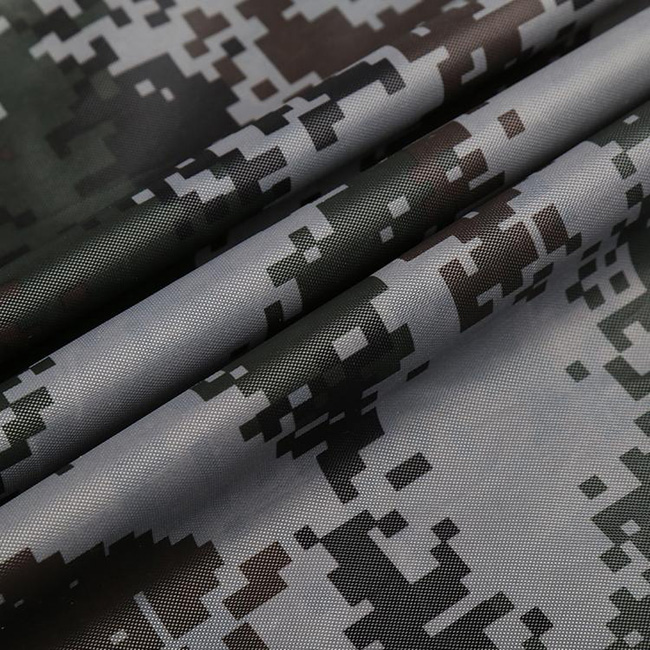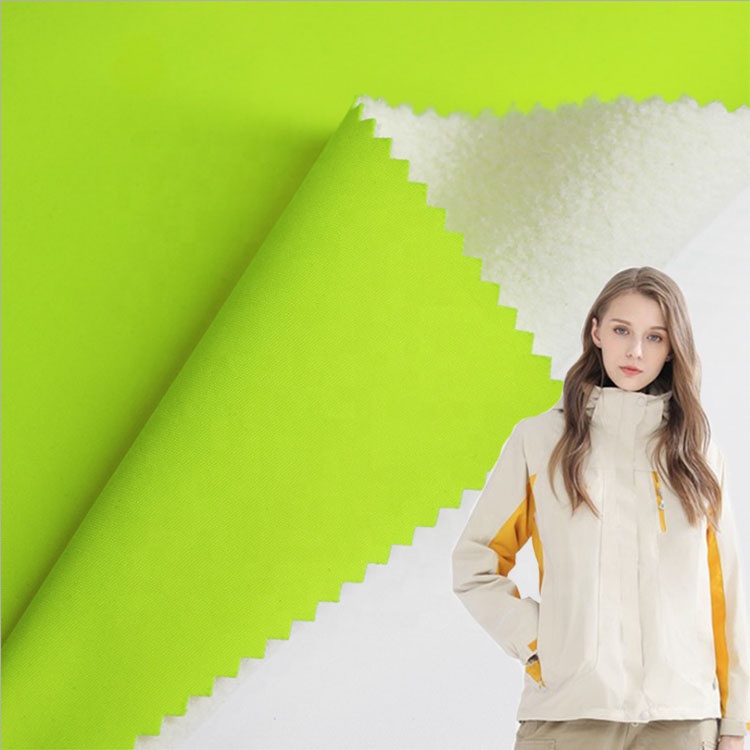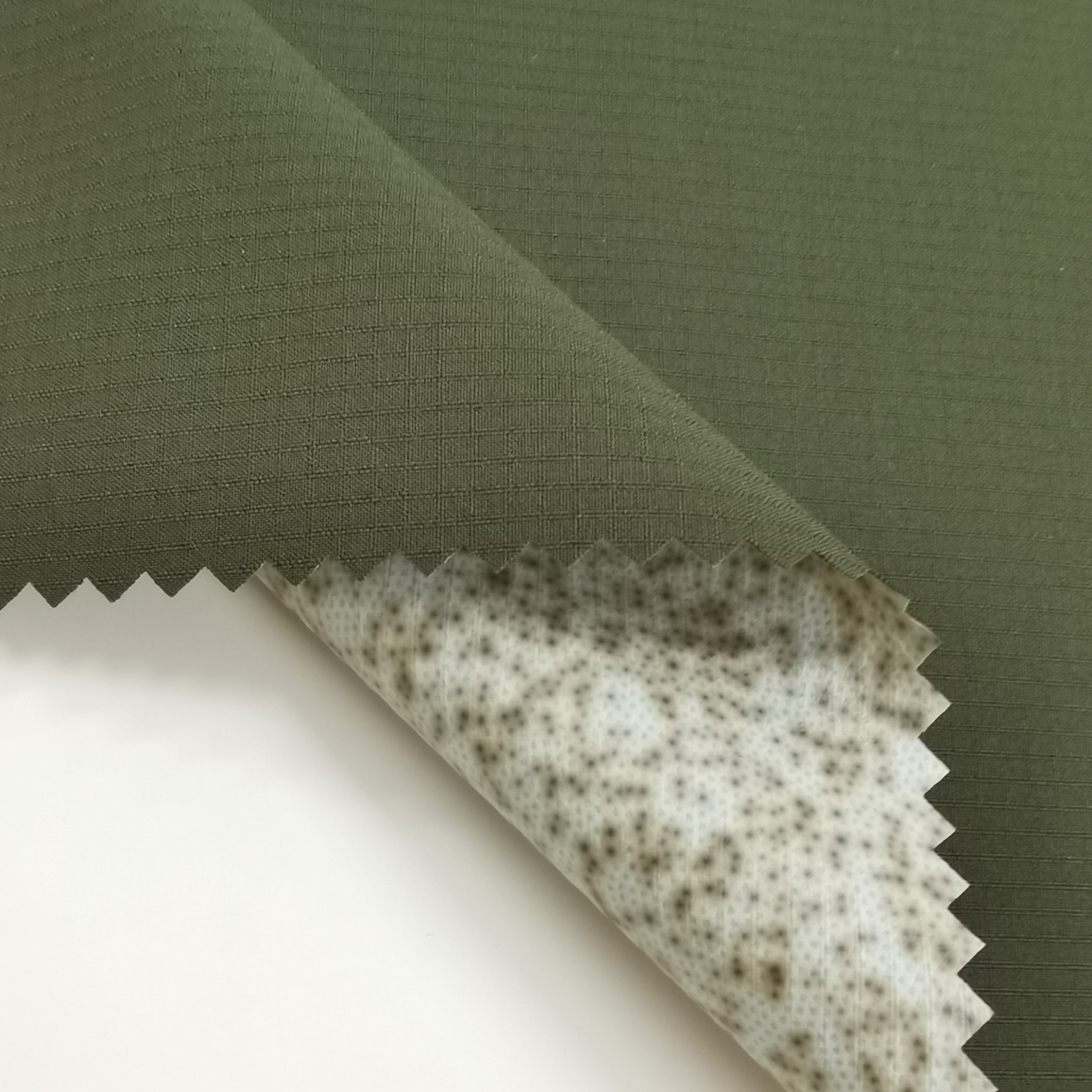TPU film + textile fabric=The first choice for outdoor use
The composite processing of TPU film and textile fabric can produce clothing fabrics with complementary properties, which are waterproof, breathable, windproof, warm and durable. Washing, anti-wear and other effects.
TPU composite fabric fundamentally solves the contradiction between waterproofing and moisture permeability, increases the comfort of wearing, and is often called “breathable fabric” or “human second skin”.
The application fields of TPU composite fabrics are becoming more and more extensive, including:

1. Outdoor clothing And supplies: outdoor functional clothing, outdoor tents, outdoor waterproof shoes, waterproof backpacks, waterproof mats, ski suits, etc.
2. Casual functional clothing: down jackets, cotton jackets, business jackets, children’s jackets, etc.
3. Medical and protective supplies: medical anti-decubitus air mattresses, protective clothing, life jackets, diving BC jackets, inflatable life rafts, etc.

As a new type of fabric, TPU composite fabric has become the material of choice in outdoor clothing and other fields due to its excellent performance. However, there are many overlooked issues during the compounding process of TPU with textile fabrics, which may lead to defects in the final product, such as antibacterial and anti-yellowing, film surface purity, high temperature resistance, low temperature resistance, and color migration resistance. , adhesion performance, glue penetration, glue overflow, composite entrainment of foreign matter…
New Materials is a leading domestic supplier of functional fabrics, focusing on providing overall solutions for mid-to-high-end clothing brands. The company has rich experience in the production of TPU composite fabrics. What requirements do TPU materials for composite fabrics need to meet? What details should be paid attention to during the compounding process?
As a major producer and seller of thermoplastic elastomers, China plays a pivotal role in the global elastomer supply system. Its TPU production capacity alone accounts for nearly 70% of the global market share. Similar products such as TPO, TPV, TPEE, etc. constitute fierce competition among domestic thermoplastic elastomers in different application fields. In 2022, the second year of the 14th Five-Year Plan, the “black swan” and “grey rhino” incidents have affected economic development at home and abroad to a certain extent. Weak domestic and foreign demand coupled with drastic fluctuations in raw material prices have dragged thermoplastic elastomer industry companies into a cold winter, facing enemies from both sides. The downturn in macro demand has become a driving force for intensifying competition in the elastomer industry. Various thermoplastic elastomer materials are eager to seek more application areas and seize a larger market share. Therefore, the competition within the industry continues to intensify.

As a battleground for elastomers, shoe materials have become the first to be used by materials such as EVA, TPU, PEBA, and TPEE. occupied high ground. In the field of new energy photovoltaics, TPU, EVA, TPO and other materials also have fierce substitution competition in films, wires and cables. Which material can seize a larger market share? It’s worth discussing together. As people’s awareness of car protection increases, the application of related materials in the invisible car film industry has become more and more popular. At present, in addition to aliphatic TPU, non-aliphatic TPU is also entering the industry with new identities. The stories are worth exploring.





